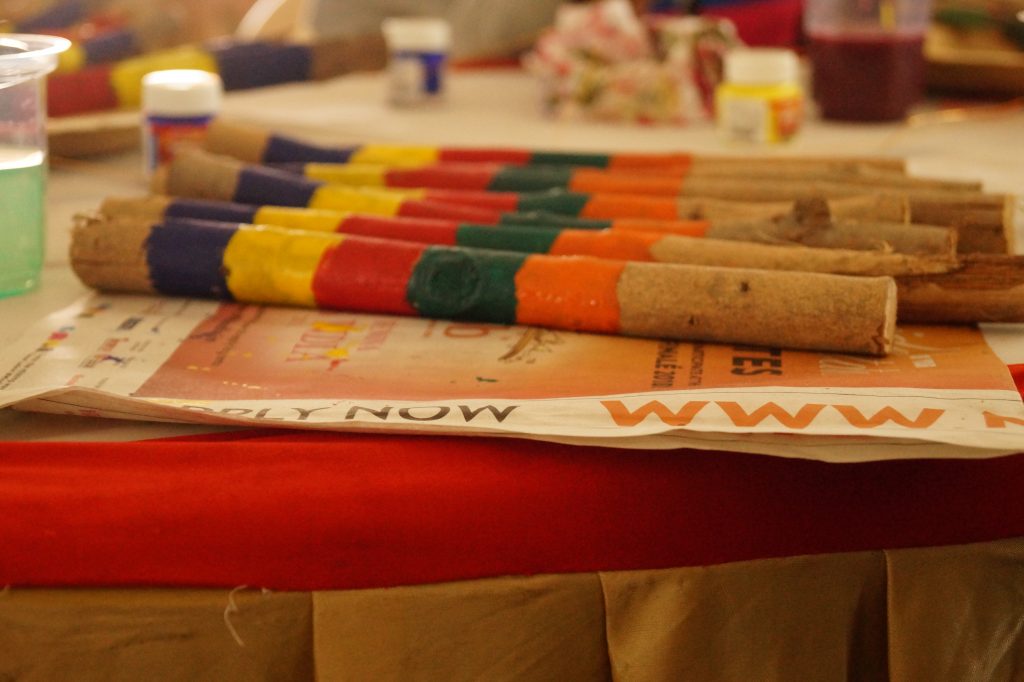“Great things are done by a series of small things brought together.” Vincent Van Gogh
It is commonly known the deeper the roots, the greater the fruits. It is very important to ensure strong roots right from the beginning, which can come of help when you want your tree to grow tall or in this case grow in the field of art. Having a strong hold on these building blocks is essential for the artist and even those who love art. A deeper insight about these elements not only helps create art but also analyze it. The elements of art are solid visual components that work alongside principles of art, which harmonize them.
There are seven core elements of art that often overlap each other; they are Line, shape, color, value, form, texture and space. Once you get a hang of these visual elements, it is super easy to create your own art. But, how will it be useful if you’re not an artist? For all the art lovers, knowing about these core visual components will help you view art in a more meaningful manner.
The basic elements used by the artists to create an art are as follows. These elements are used to create aesthetically pleasing work. During the making of an art, all of the seven elements of work are put together to use with a proper understanding.
1. Line
This is a mark made by any pointed tool, such as a brush, pen or stick. They can also be defined as a moving point. They can be used to create form and shape, and also give an impression of structure and depth. Lines can also be defined as the foundation of drawing and are a powerful tool in themselves.
2. Shape
This is a flat, enclosed, two dimensional figure that has length and width. Both organic and geometric shapes can be used by the artists. Geometric shapes such as circle and square are more mathematical and precise. Organic shapes on the other hand take hints from nature and are more abstract and likely to be curved.
3. Color
This is one of the most important elements while an art is created. It is created with light. The three properties of color are as follows; Hue, Value and Tints. Color can be useful in setting a specific mood or to create a pattern.
4. Value
The degree of lightness and darkness in an art is defined upon by the value of contrast. The lightest value is white and darkest value is black. Changing the value of an artwork can influence the whole mood of the same.
5. Form
When a shape obtains depth, it becomes a three-dimensional and then takes on a form. They can be viewed from many sides. They take up space as well as volume. Some common examples are sphere, pyramid and cylinder.
6. Texture
This defines the feel of a surface or how it looks it would feel. It could also imply to the quality of the object. It may be real or implied. Some common textures are smooth, furry, rough, hard, soft.
7. Space
The space can be two-dimensional or three-dimensional. It can be used to create an illusion of depth. Space depends on how the artist places other elements of art namely form, shape, line and color. This placement creates space, positive or negative. Positive space is the one occupied by objects and negative space is the one around those objects.


0 comments on “Elements of Art”